
- 1- Understanding Pest Populations After a Natural Disaster
- 2- Common Pests That Appear After Natural Disasters
- 3- Strategies to Control Pest Populations
- 4- Prevention and Long-Term Pest Control Solutions
- 5- Working with Pest Control Professionals
1- Understanding Pest Populations After a Natural Disaster
Natural disasters such as hurricanes, floods, and wildfires can disrupt ecosystems and create conditions that foster the rapid growth of pest populations. When water levels rise or structures are damaged, pests like rodents, insects, and mosquitoes can find new places to breed and seek shelter. Understanding how these pests thrive after a disaster is crucial to managing the outbreaks effectively.
Pest populations are typically low before a disaster but can increase dramatically as they move into damaged areas. The combination of displaced pests and the creation of new breeding grounds—like stagnant water from floods or damaged sewage systems—creates the perfect environment for pests to multiply. Understanding these patterns helps you take the right steps to control them early on.
2- Common Pests That Appear After Natural Disasters
Several pests are more likely to become problematic after a natural disaster. Some of the most common pests to watch out for include:
- Rodents: Rats and mice often seek shelter in homes and buildings after floods or hurricanes. They are notorious for carrying diseases and contaminating food supplies.
- Insects: Mosquitoes, cockroaches, and termites thrive in wet environments. Flooded areas are prime breeding grounds for mosquitoes, while water-damaged wood can attract termites.
- Ants: Fire ants and other species can quickly spread after floods, especially in wet soil conditions where their colonies are disturbed.
- Ticks and Fleas: As pets and wildlife are displaced, fleas and ticks can spread into homes, carrying diseases like Lyme disease and plague.
Each type of pest poses its own set of risks, from the spread of disease to property damage, so knowing how to address them promptly is essential for preventing larger outbreaks.
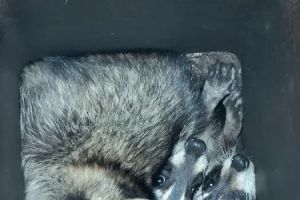
Critter Removal Indianapolis
IndianapolisMarion CountyIndiana
4998 Riverview Dr, Indianapolis, IN 46208, USA
3- Strategies to Control Pest Populations
Controlling pest populations after a natural disaster requires both immediate action and long-term strategies. Here are some steps you can take to manage pests effectively:
1. Clean Up and Remove Standing Water
Standing water is a breeding ground for mosquitoes and other pests. After a flood or storm, ensure that you remove any stagnant water from around your home, such as in buckets, tarps, or clogged gutters. This reduces the chances for pests to breed and makes the environment less attractive for them.
2. Seal Entry Points
Rodents and insects often enter buildings through cracks, holes, and broken windows. After a disaster, inspect your home for entry points and seal them properly. Use weather stripping on doors, and repair damaged screens or broken windows to prevent pests from getting inside.
3. Dispose of Debris
After a natural disaster, debris can pile up and create shelters for pests. Fallen trees, branches, and even piles of garbage can provide hiding places for rodents and insects. Make sure to clear any debris from your yard to limit potential nesting sites for pests.
4. Use Safe Pest Control Products
Consider using non-toxic, environmentally friendly pest control products, such as diatomaceous earth, essential oils (like citronella or eucalyptus), and traps. These products can help control pests without posing a risk to your health or the environment.
5. Ensure Proper Waste Management
Ensure that waste disposal systems are functioning correctly after a disaster. Piles of trash or broken sewage systems can attract pests like cockroaches and rodents. Proper waste management is critical to preventing pest populations from exploding.
4- Prevention and Long-Term Pest Control Solutions
While immediate pest control measures are essential, long-term prevention strategies can help protect your home or business from future pest outbreaks. Some long-term solutions include:
1. Landscaping and Yard Maintenance
Keep your yard well-maintained by trimming bushes, cutting grass, and removing dead plant material. This reduces potential hiding spots for pests like rodents and insects. Regular yard maintenance helps prevent pests from settling in the area.
2. Regular Inspections
Have your property inspected regularly for signs of pest infestations. Early detection of issues can help you avoid large-scale infestations, which can be more difficult and expensive to treat.
3. Professional Pest Control Services
For long-term pest control, consider working with professional pest control services. They can implement effective strategies to prevent future infestations, including sealing potential entry points, monitoring pest populations, and applying treatments to keep pests away.
For more information on managing pest populations after a disaster, visit PestControlHub to find expert advice, services, and products tailored to your needs.
5- Working with Pest Control Professionals
If you're dealing with a severe pest infestation after a disaster, it may be time to consult with pest control professionals. These experts can assess the situation, provide effective treatments, and ensure that pest populations are brought under control. They also offer ongoing monitoring to prevent future outbreaks.
When choosing a pest control professional, look for those with experience in disaster recovery and post-disaster pest management. Make sure they use safe, environmentally friendly practices and provide follow-up services to ensure pests don’t return.

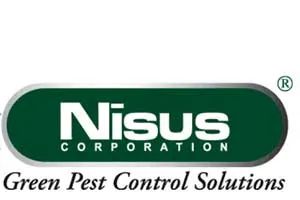

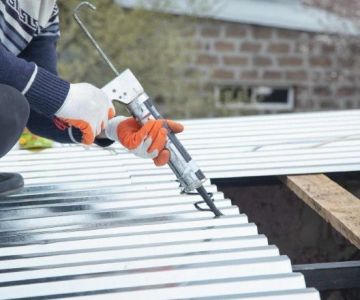


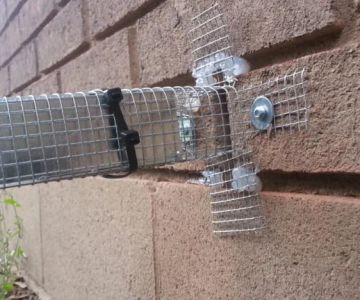
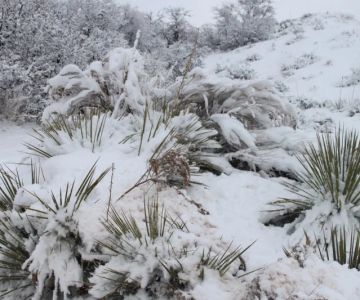
 Mosquito Rx5.0 (95 reviews)
Mosquito Rx5.0 (95 reviews)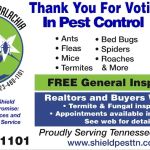 Shield Pest Appalachia4.0 (138 reviews)
Shield Pest Appalachia4.0 (138 reviews) Grenier's Pest Control4.0 (25 reviews)
Grenier's Pest Control4.0 (25 reviews)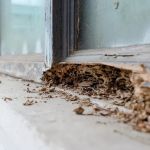 Palmetto Exterminators4.0 (283 reviews)
Palmetto Exterminators4.0 (283 reviews) Coastal Pest Control LLC5.0 (16 reviews)
Coastal Pest Control LLC5.0 (16 reviews)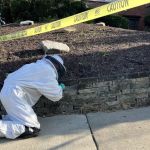 Bee Hunter, Cleveland5.0 (24 reviews)
Bee Hunter, Cleveland5.0 (24 reviews) How to Seal Pest Entry at Foundation Corners: Expert Tips and Techniques
How to Seal Pest Entry at Foundation Corners: Expert Tips and Techniques The Hidden Dangers of Rodent Infestations in Your Attic
The Hidden Dangers of Rodent Infestations in Your Attic How to Assess Pest Pressure in New Neighborhoods
How to Assess Pest Pressure in New Neighborhoods Why Pests Are More Active After Rain: Understanding the Link Between Weather and Pest Behavior
Why Pests Are More Active After Rain: Understanding the Link Between Weather and Pest Behavior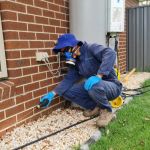 How to Prevent Pest Spread from Neighboring Properties | PestControlHub
How to Prevent Pest Spread from Neighboring Properties | PestControlHub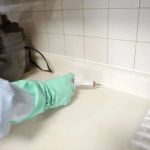 How to Seal Entry Points Before Winter: Essential Tips for Home Protection
How to Seal Entry Points Before Winter: Essential Tips for Home Protection